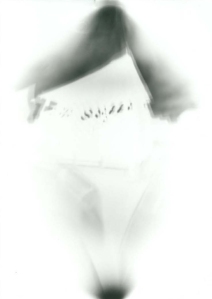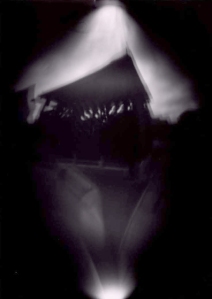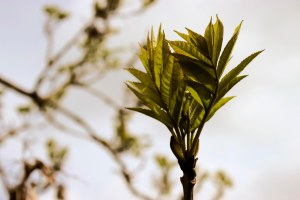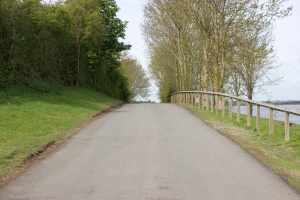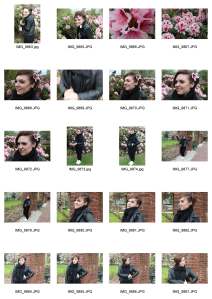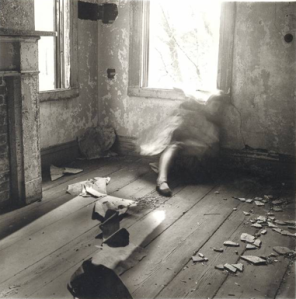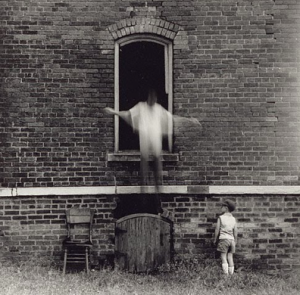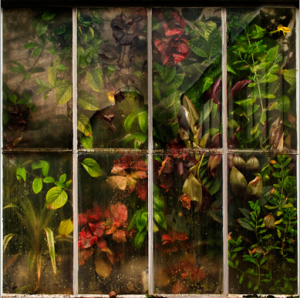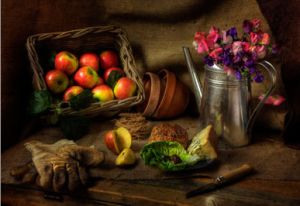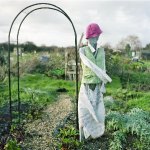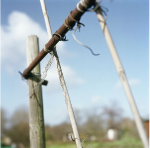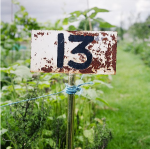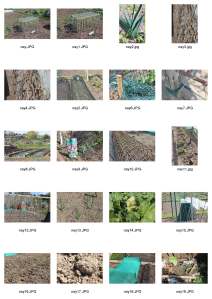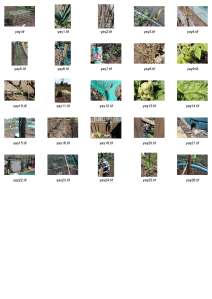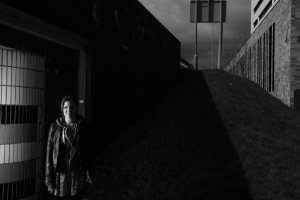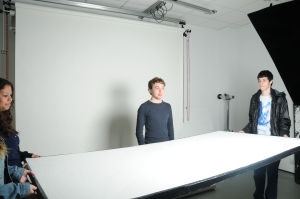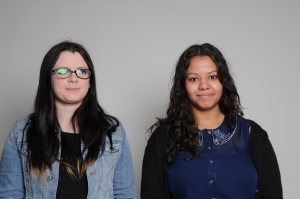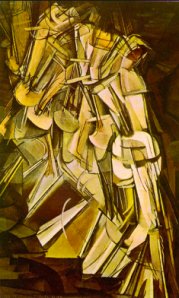Starry Starry Night
This is a Taiwanese film based on a graphic novel, which you can kind of see in the film in the way it is told.
The main character of the film is a young school girl named Mei. We immediately find out she is very close to her grandad who she used to live with, but moved in with her parents. At school, a new boy starts named Jay, and this fascinates Mei. Jay is an outcast, he carries a sketchbook around everywhere which he draws in frequently. Mei follows Jay around, watching him shoplifting from an art shop and copying him.
When Jay gets physically bullied Mei steps in and stops them and they become friends. Jay’s mother comes and picks him up from school and we begin to realise why he is an outcast. Him and his mother having been running away from his violent father so he doesn’t get chance to settle down. From this point on we also saw Mei’s parent’s marriage dissolve. They are arguing a lot and it is effecting Mei’s moods and attitude, but she gets by with her new found best friend.
They visit a jigsaw shop, where Mei tells Jay how much she loves them. Every year her and her parents complete a different jigsaw, but this year they’ve stopped helping. Their current project is Starry Starry Night by Van Gogh, and she’s missing one piece, the centre of the bright star.
The film then takes a negative spin and her parents divorce and grandad dies. Mei and Jay run away together, into the woods she lived in with her grandparents. They live in the shack where she finds numerous small carvings her grandfather had made for her and she treasures them. Unfortunately Mei then falls ill, and Jay makes the decision to take her to hospital and return home.
To add to all of this Jay’s father then returns to the scene and Jay and his mother have to move away. To the viewers knowledge Jay and Mei never see each other again and you feel quite heartbroken!
We then flash forward to Mei as an adult. Her mother is remarried, living in paris with a child on the way and they are on the phone. Mei is with her step sister and they look around an art gallery. They notice all paintings look asif they are missing on jigsaw piece and you immediately presume it is the work of Jay but we never find out.
I found this film quite difficult to follow with the subtitles but I can imagine if it was in English I would have quite enjoyed it. The story line was strong and the imagery emphasises the mood throughout. It was quite an upsetting story towards the end, and it leaves you feeling hopeful that the work was Jay’s and they get back in touch.
You Are The Apple of my Eye
This is a Taiwanese teen comedy film, based on the idea of growing up, love and school. We follow the main character Ko Teng through school and later life, and he narrates us periodically throughout.
In the beginning we are shown a scene of him getting ready to attend a wedding, it isn’t clear if it is his own or someone elses, but from the dialogue you get the impression it is his own. When it came to the ending this was upsetting because you expected this to be the outcome and it ended up being quite a twist!
Ko Teng in the trouble maker at school, he gets bad grades and sent out of classes on a regular basis because he just doesn’t bother working. When he is caught by the headmaster, he is ordered to sit in front of the honour student who every boy fancies. He appears to not be interested and quite irritated by her, but she persists in trying to make him a better student.
Shen Chai-Yi (the honour student) sets him homework and quizzes to get him back on track, and through this Ko Teng starts to realise why all of his friends fancy her. They soon become very good friends, when Shen leaves her book at home and Ko Teng lends her his and he takes the punishment. Shen stands up for herself at this point and it is a pivotal point in the film.
Shen and her friend and Ko Teng and his then become a strong group of friends, and spend a lot of their time together. Ko Teng’s grades vastly improve and he starts to chase Shen. She is fully aware he likes her, but he refuses to let her say if she likes him or not because he doesn’t want to hear the wrong answer.
When they both move to different schools after graduation things get tough. They speak every day for a while, but after a big argument over Ko Teng’s fighting, they don’t speak, and Shen moves on to date other people. They discuss why things never progressed and Shen confesses that she enjoyed the chase too much, but did like him. She gets engaged to someone else, and we see a flash back of all the times Shen wanted to say she liked him. They set off a chinese lantern where you write your wishes on either side, and she had written on hers that she wanted to be with him. She had asked him if he wanted to know what she wrote and he said no and the viewer feels really gutted about that!
In the ending, Ko Teng humorously and passionately kisses Shen’s new husband after he said “you can kiss my wife, if you kiss me first how you wish to kiss her”. I left feeling half pleased, and half cheated. You are shown the clip again of them attending the wedding from the beginning and it’s made clear it was not his wedding, and I was really hopeful the entire way through that they would end up together.
I actually really enjoyed watching this film. It was funny, entertaining and had a good story line. I’m a sucker for a happy ending so I wasn’t impressed they didn’t end up together, but as a whole I didn’t regret watching it, and that shocked me as I’m not usually a fan of foreign films.
The Woodsman and the Rain
This film was based on a woodsman who helps out a young director. When he is asked to stop cutting trees during the shoot he begins to help out on set. They drive around looking for a location, which is tricky because the producer wants a location that is practical where the woodsman was looking for beautiful areas as this would obviously look better in the film.
The young director and one of the other helpers tries to run away. He leaves the script with the woodsman, but the producer catches him and doesn’t let him get on the train, he also tries to stop the other crew member but only succeeds in stealing his hat. The director then returns to the woodsman and asks for the script back, and he tells him how much he loves it and this gives him a little confidence and they start to work in partnership on making the film. We see the director has no confidence whatsoever and turns to the woodsman much too often for advice.
The woodsman co-directs the film from this point and helps gather crowds and shouts at them what to do. It is slightly comical at this point because the locals are all dressed up like zombies as extras. His family then come to visit and he has forgotten that he is supposed to be attending a family meeting for the anniversary of a family members death. We also find out around here that the young director has a bad relationship with his father, and throughout the film we have seen but not taken notice that the woodsman has a bad relationship with his son, and we realise why we were shown this and see how the woodsman can symphathise.
The director really struggles while the woodsman is away at the anniversary, but begins to hear the woodsmans voice in his head, pointing him in the right direction and giving him confidence. The film ends by flashing forward to seeing the director finally having confidence and running the show. His voice is loud and clear and he knows what he is doing, without relying on the woodsman, who has returned to his tree cutting job.
This film bored me to tears. It was extremely slow, uncreative and the dialogue was just terrible. The story line, on writing this review, now seems quite strong but it was realised in such a boring way it really ruins the film.



